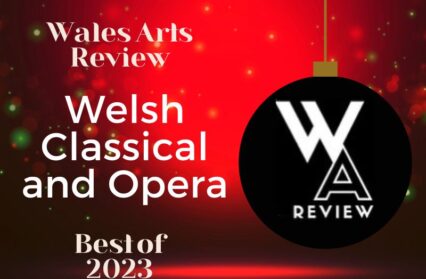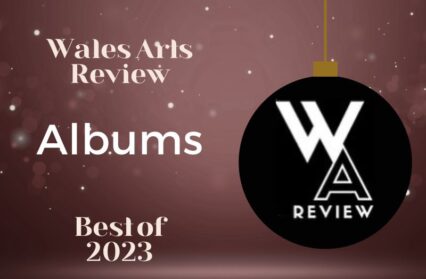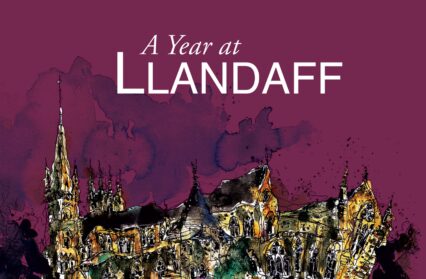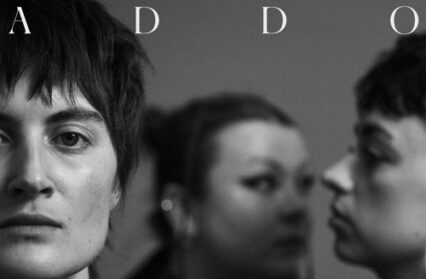Edward Christian-Hare attends St David’s Hall to review Landscapes, a musical journey by the Royal Welsh College Symphony Orchestra.
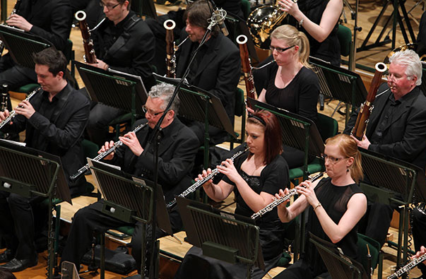
From Celtic lands to the Western Front, the Royal Welsh College Symphony Orchestra take us on a scenic journey through early 20th and 21st-century musical depictions of landscapes. After a smooth start with Vaughan Williams’s seductive strings, the road becomes rocky with Rhian Samuel’s sharp dynamic contrasts before levelling out through Lili Boulanger’s rich crescendos. The pastoral symphony was correctly placed at the end of the programme, providing a comfortable conclusion to a turbulent evening.
David Adams was a superb soloist in The Lark Ascending, with remarkable control over dynamics. This control was best showcased in the quietest passages, where he played exceptionally softly but just loud enough to be heard. Whilst this was expressive, he could have moved a little more with the phrasing to add an extra layer of sophistication. There were also points where he would have had more of an impact had he played louder.
Nevertheless, he was clearly aiming for a cantabile sound, which he achieved. The violin sang, and Adams barely opened his eyes. There was an impressive call and response between him and a horn player, that carried the delicacy suitable for the piece. David Jones, the conductor, kept the strings together well with a gradual pace throughout.
Unfortunately, the musical world needs pieces like Samuel’s Landscapes so that they might better appreciate the soothing caresses of Vaughan Williams. It really was a completely different experience. Then again, it was meant to be. The unusual prominence of the glockenspiel, conveying the sounds and atmosphere of Cromlech in the first movement, was a world away from the Lark. And as Samuel took us to The Old Man of Storr on the island of Skye for the second movement, one could not help but feel increasingly bewildered at her orchestral language. Unashamedly modern, the only discernible parallel between the first two movements was the string writing – and even that was difficult to pick out.
The third movement – Castell y Bere – saw extremely contrasting dynamics. This would have been easier on the musicians if their leader, Miranda Arrighi, had moved with the phrases more. In this respect, she should emulate the expressive bowings of orchestral leaders like Lesley Hatfield of BBC NOW. The last movement ended abruptly with a relieving crash.
Boulanger’s D’un Soir triste (Of a sad evening) was from quite a different world. Jones brought out the rich cello writing against a background of conflicting sound, and the cello solos were refreshing after the violence of Landscapes. In its voyage from sadness to consolation, the piece ended with a semi-triumphant crescendo.
Lastly came the vast expanse of Vaughan Williams’s ‘Pastoral’ Symphony, completed in 1922. Inspired by a bugler that Vaughan Williams himself heard on the Western Front, this piece is often seen as an elegy on the Great War. On the whole, it was performed admirably. Among the least performed of the Vaughan Williams symphonies, it can be tricky to intuitively develop an approach to the score. Again, this problem would have been alleviated had the orchestral leader led.
In the first movement, the clarinet and first violin played well together, but the clarinet was a little overpowering. The cor anglais gave a penetrating solo, emphasising its piercing tone. Jones’s tender command of the strings stood out in the second movement, complemented by a passage with the trumpet. He is evidently a conductor who acknowledges Vaughan Williams’s strings for the power they possess; not in might, but tranquillity. This means that he is able to handle certain sections, for instance, the flute and harp passage in the third movement, with a good ear. Here, the orchestral families operated at just the right volume in relation to each other. The varying intensity of the strings in the final movement further proved his understanding of the composer’s musical language. And the tenor, Jack Parry, was able to echo the gorgeous strings from off-stage, concealed behind the organ.
A concert of various landscapes, then, all striking in different ways. The Royal Welsh College Symphony Orchestra are in good form and should aim to develop this through different repertoire in the near future.
The Royal Welsh College Symphony Orchestra is part of the Royal Welsh College of Music and Drama.
Edward Christian-Hare is a regular contributor to Wales Arts Review.




